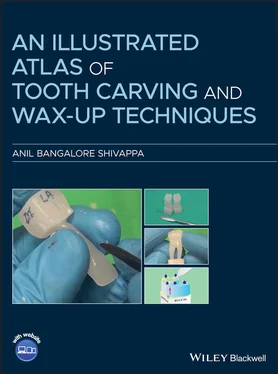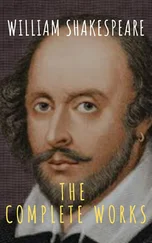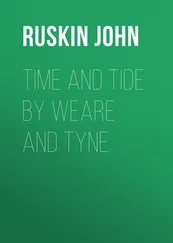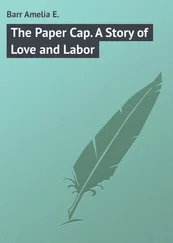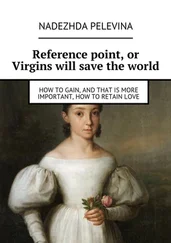I also dedicate this book to my family and my sisters for their boundless support in writing this book.
As a student and as a teaching faculty member for nearly six years in the course on dental anatomy, I perceived that students in this course found it difficult to understand the concept of carving and waxing in terms of cognitive and psychomotor skills even though they have better knowledge in related subjects.
According to German anatomist and physiologist, Friedrich Tiedemann (1781–1861), ‘Doctors without anatomy are like moles. They work in the dark and the works of their hands are mounds’.
Dentistry, however, does not depend solely on knowledge but also on psychomotor skills. A successful dentist requires manual dexterity along with knowledge. Therefore, this book is written for both undergraduate and postgraduate dental students who find it difficult to carve and wax teeth and appreciate their features. Most students who are beginners in dentistry may not be skilled, and psychomotor and cognitive skill levels vary from person to person. This book is designed to help these students learn the skills or acquire manual dexterity. Carving skills are helpful in dental technician courses during the initial years of their syllabus for carving on wax blocks and plaster blocks as well as for making acrylic teeth and performing wax‐up procedures. Skills are useful in both preparation of tooth morphology and adjustments for casting procedures in later stages of their course.
Although there are many books on dental morphology (anatomy), there are not many that teach the skillful technique of carving (which will also be useful in restorative procedures) and waxing. Cognitive and psychomotor skills strengthen students' ability to effectively achieve the learning outcome.
This book will help students to systematically learn the specific steps of the procedures. For all undergraduate students, postgraduate dental students, and dental lab assistant course students, the book will be very useful for preclinical/lab procedures.
The line diagrams in the book show live demonstrations of the techniques of carving and waxing. They help students face the challenges they encounter in their study and improve their skills. The companion website will provide an overview of the procedural steps.
For exam preparation, this book helps students practise and quickly review the procedures/steps of carving and acquire theoretical knowledge of the morphology of each tooth.
The carving skills for clinicians will help them to provide proper morphology to each tooth, especially in aesthetic procedures and posterior restorative procedures.
This book makes it easy to learn the challenging task of carving (also in restorative procedures) and waxing teeth, using illustrative diagrams in a stepwise manner. It helps in instrumentation, wax preparation for carving, and wax building technique.
First and foremost, I thank
Dr. R. Venkata SubramanyamProfessor and Coordinator Department of Oral & Maxillofacial Surgery and Diagnostic Sciences College of Dentistry King Faisal University Al Ahsa, Saudi Arabia who has expertise in technology, for introducing me to the software, thereby making my dream come true. I also thank him for his valuable periodic suggestions.
I thank
Dr. Ravi Gummaraju RaghunathAssistant Professor Pediatric Dentistry Division Department of Preventive Dentistry College of Dentistry King Faisal University Al Ahsa, Saudi Arabia for his support and guidance.
Dr. Benoy MathewsAssistant Professor Department of Prosthodontics & Implantology College of Dentistry King Faisal University Al Ahsa, Saudi Arabia for his support and help with the prosthodontic part of my work.
Dr. Shailesh LeleFAIMER Institute Fellow Professor, Department of Oral & Maxillofacial Surgery and Diagnostic Sciences Coordinator, Department of Dental Education College of Dentistry, King Faisal University Al Ahsa, Saudi Arabia for encouragement and support.
Dr. Abdel Raouf AlotaibiProfessor & Associate Dean College of Dentistry King Faisal University Al Ahsa, Saudi Arabia for encouragement and support.
Dr. Hamed Al WadaniDean, College of Dentistry King Faisal University Al Ahsa, Saudi Arabia for encouragement and support.
About the Companion Website
Don’t forget to visit the companion website for this book:
www.wiley.com/go/bangalore/toothcarving
There you will find valuable material designed to enhance your learning, including learning outcomes for all chapters, video resources and all figures as downloadable PowerPoint slides.
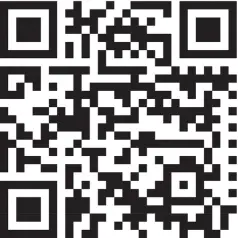
Scan this QR code to visit the companion website.
1 Introduction to Dental Anatomy
LEARNING OBJECTIVE
The student should be able to know the definition of dental anatomy, types of dentition, dental formula, and various tooth numbering systems.
Definition of Dental Anatomy
Dental anatomy is defined as the study of the development, morphology, function, and identity of each of the teeth in human dentition [1].
There are two types of dentition throughout the life of a human being: deciduous dentition and permanent dentition [1]. Deciduous dentition is also called dentition of childhood or primary dentition. This dentition begins prenatally at about 14 weeks in utero. The complete set of teeth in this dentition is seen from years 2–6. Deciduous dentition consists of 20 teeth, 10 in the upper arch and 10 in the lower arch [1, 2]. Permanent dentition is also known as dentition of adulthood or secondary dentition or succedaneous dentition . Permanent dentition is composed of 32 teeth, 16 in the upper arch and 16 in the lower. Teeth seen between the deciduous and permanent dentition periods are in the transition or mixed dentition period [2]. The transition period lasts from about 6–12 years of age and ends when all the deciduous teeth are shed [1].
The arch formed by the teeth and upper jawbone is the maxillary arch. The arch formed by the teeth and lower jawbone is the mandibular arch. Both the maxillary and the mandibular arches have right and left halves known as quadrants [2].
Each dentition is divided into four quadrants named clockwise as upper right, upper left, lower left, and lower right. The left and right quadrants on both jaws are divided by the midsagittal plane so that the upper right quadrant mirrors the upper left quadrant and the lower right quadrant mirrors the lower left quadrant. Within each quadrant there are four classes of teeth: incisors (central and lateral), canines, premolars (first and second), and molars (first, second, and third) [3].
Dental Formula
For Primary Dentition
This formula ( Figure 1.1) should be read as two incisors in the maxilla and two incisors in the mandible, one maxillary canine and one mandibular canine; two maxillary and two mandibular molars, altogether 10 on one side, either right or left side [2].
The dental formula for permanent dentition ( Figure 1.2) is read as two incisors in the maxilla and two incisors in the mandible, one maxillary canine and one mandibular canine, two maxillary and two mandibular premolars, three maxillary and three mandibular molars [2].
Читать дальше
